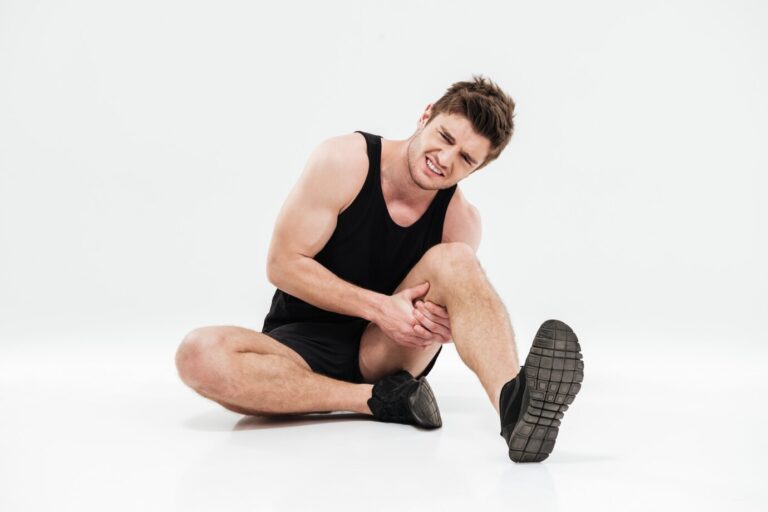Ankle pain, whether mild or persistent, could significantly impact your ability to perform everyday activities. For athletes, elderly individuals, and fitness enthusiasts, maintaining mobility and independence is a priority, making pain a challenging experience. Understanding how it affects daily life helps you make informed decisions to manage and adapt effectively.
Restriction of Movement and Mobility
Painful ankles restrict movement, making activities like walking or standing uncomfortable. Even simple tasks such as going to the grocery store or walking to the mailbox may require extra effort. For fitness enthusiasts, ankle pain often means temporarily pausing workouts, creating disruption in their health routines.
Navigating stairs, uneven surfaces, or inclines be particularly difficult. Those challenges lead to compensatory movements, which may strain other parts of your body, like your knees or hips. Proper rest and reducing overuse are a key part of maintaining mobility.
Interruption in Physical Activities
Whether you’re someone who enjoys daily runs or casual yoga sessions, ankle pain can interrupt your active lifestyle. Athletes may worry about losing progress in training or meeting competition deadlines. Fitness enthusiasts often face frustration when ankle discomfort prevents them from pushing forward in workouts.
For the elderly, staying active plays a role in maintaining strength and balance. Pain may discourage movement, potentially increasing the risk of falls and limiting independence. Taking preventative measures, such as using supportive footwear, reduce stress on the affected area.
Key adjustments that may help include:
- Switching high-impact workouts like running to low-impact options like swimming or cycling.
- Incorporating proper warm-ups and cool-down stretches focused on ankle flexibility and strength.
Disruption to Daily Routines
Ankle pain doesn’t just affect fitness activities—it can influence everyday tasks and routines. Standing for prolonged periods, such as cooking or gardening, may become burdensome. Carrying out errands or commuting may feel more difficult with every step.
For elderly individuals, activities like household chores or walking a pet can feel significantly harder. This physical limitation often translates into emotional frustration, as mobility is tied to a sense of independence. With an understanding approach, adjusting routines helps manage these challenges while you heal.
Emotional Impact of Ankle Pain
Beyond its physical implications, ankle pain can take a toll on emotional well-being. Feeling restricted often triggers frustration over unmet goals or reduced quality of life. Athletes may feel helpless watching competitors get ahead, while fitness enthusiasts could experience discouragement over halted progress.
For the elderly, the emotional strain of being more reliant on others for support can impact self-esteem. Reassuringly, adapting routines or seeking professional advice offers a way to counter these setbacks and maintain motivation. Building a strong support network of family, friends, and caregivers can also foster a sense of belonging.
Managing Your Activities with Care
Ankle pain is a common challenge among athletes, fitness lovers, and elderly people alike. Its impact on movement, routine, and emotional well-being emphasizes the importance of proper care and mindful adjustments. Recognizing its effects allows you to find strategies to regain control and comfort. Remember, seeking professional advice offers valuable support in managing this issue effectively.

